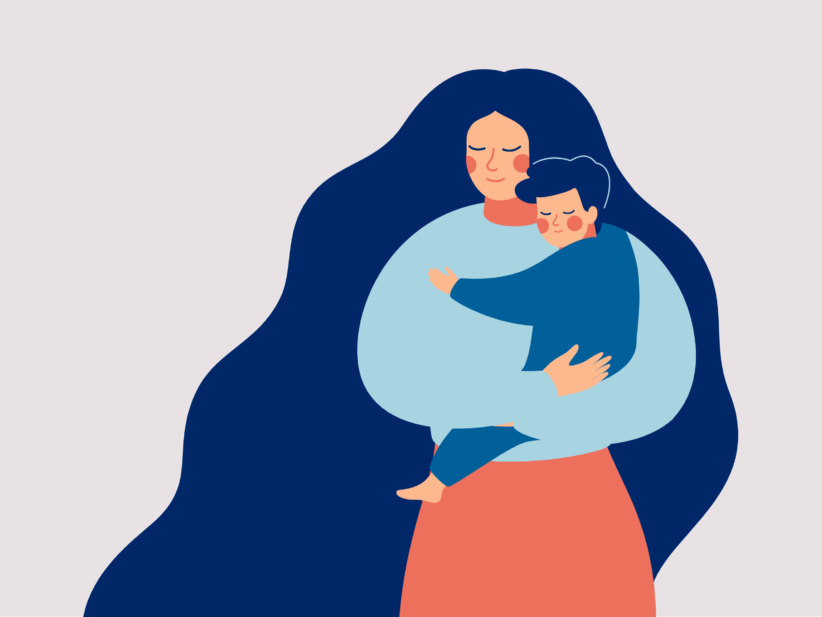It used to be one in 500 children. Then, it was one in 110. Now, autism occurs in one in 88 children with four times more prevalence in males. Autism is a spectrum disorder ranging from mildly to profoundly debilitating forms. The question on the minds of many is, “Why is it increasing?” Having worked with individuals with autism for 12 years has given me a certain amount of insight.
Autism, from the Greek word “autos” meaning “self,” was first used by Dr. Eugen Bleuler to describe a population of schizophrenic adults. With regards to children, it was first diagnosed in America during the 1930s by Dr. Leo Kanner, who noted similar symptoms in a group of his patients, which involved withdrawn, ritualistic (rigid routines and forms of play), and self-stimulatory behaviors (body rocking, hand flapping, echolalia, and perseverative behaviors). These behaviors were further accompanied by limited language skills, as well as a lack of empathy or awareness of others. This is not to say this is when autism first existed, but merely when it was first formally diagnosed.
Autism has been present for as long as man has been in existence. Interestingly, there is a belief that several renowned figures displayed autistic characteristics without being formally diagnosed, such as Wolfgang Amadeus Mozart, Lewis Carroll, Charles Darwin, Thomas Jefferson, and Stanley Kubrick.
Autism is not a life sentence of being mentally retarded, insane, or even unsuccessful. It involves the processing and perception that an individual has of his surroundings.
Population growth
An important consideration when questioning why so many more children are diagnosed nowadays involves probability. Today, there are triple the amount of people on the planet compared to when it was first diagnosed, and that number continues to increase.
More children are diagnosed because, quite simply, there are more of us in existence. Furthermore, the resources for families to have their children diagnosed are more readily available than they were in the past.
Due to an increased awareness of the red flags in child development, families from all socioeconomic, educational, religious, and cultural backgrounds have better access to appropriate testing for proper diagnosis, leading to better access for treatment.
Older parents
Research has also revealed a correlation between higher rates of autism and having children later in life. The ideal time to reproduce is age 30 and earlier. When a woman becomes pregnant for the first time after age 35 it is considered a high-risk pregnancy. Furthermore, an expectant mother under the age of 18 is considered a high-risk pregnancy by many western medical professionals. Modern medicine has prolonged life expectancy, and as our life expectancy has clearly increased, so has the rate of re-marriage.
Consideration should be given to the increasing incidence of second life partners and second spouses. A recent study highlighted how men over the age of 50 becoming parents with younger partners is also a population at risk for producing a child with an autistic spectrum disorder, as well as bipolar disorder.
Genetics
As with all ailments, diseases, and disorders, genetics play a frontier role. If there is a member of the family, distant or otherwise, with symptoms associated with autism, future generations run an increased risk of possessing the same. I refer to this as The Faulty Wiring Theory. Imagine a home with all the aesthetic attributes you desire (the child) but the wiring in the home is compromised (the genetic make-up). When you begin to turn on or neglect the appliances in this home (various forms of stimulation) something in the wiring can short circuit (the regression or lack of development of age-appropriate skills). Again, this is a personal hypothesis, and I am working on it.
Toxins
Toxins have been attributed to autism by way of many studies, but one of the most popular was the theory of Dr. Andrew Wakefield, who credited the rise of autism to the presence of mercury as a preservative in vaccinations. This theory was long held by families and professionals and was recently discredited due to proof that Wakefield forged his data. Further studies yielded test results derived from hair follicle samples of autistic patients implicating the presence of toxic metals. Elements in our ever-increasing industrial and technological times are more present in our environment than ever before. A child at risk of autism (involving genetics) exposed to such elements has an inability to properly eliminate these toxins from his body, causing chemicals to affect brain development.
Dated theories
At one point in time, around the 1950s, autism was attributed to “Frozen Mothers” or “Refrigerator Mothers,” terms also developed by Kanner, but spread en mass by the articles of Bruno Bettleheim. The core principles of the theory were that there was a lack of maternal warmth given to the child during infancy and toddlerhood. The theory was argued to be an attempt to place blame on mothers entering the workforce, decreasing their time spent at home child rearing. This, too, is a school of thought that is no longer valid.
The true “fault” that would rest on the parents of an autistic child would be their inclination to deny the struggles that their child is facing and refuse or postpone treatment.
Ultimately, knowing the reason why a child has become autistic is not as crucial as gaining the earliest possible intervention. Of course, one would find comfort in knowing its origin. Especially with it occurring at greater frequencies. The studies of today could very well be tomorrow’s punch line, so let’s focus instead on how to get a person treatment as soon as possible.
Dana J. Connelly holds dual master’s degrees in education and special education, working as an educational evaluator for TheraCare Inc. She specializes in Applied Behavior Analysis and is the proud single mother of a 5-year-old boy.





















